Grade 1 - Full Year Math Bundle - Ontario New 2020 Curriculum
Grade 1 - Full Year Math Bundle - Ontario New 2020 Curriculum
Interested in a bundle? Shop below instead!
Couldn't load pickup availability
PRODUCT PREVIEW
Grade 1 - New Ontario Math Curriculum 2020 – This bundle covers all expectations in the Grade 1 - New Ontario Math Curriculum. Included are 821 activity sheets for your students to learn the overall and specific expectations outlined by the Ministry of Education.
Check out each of the strands below to learn more about the resources included in this bundle. THIS BUNDLE INCLUDES BOTH THE DIGITAL AND PDF VERSIONS.
Strand B - Number (Number Sense and Operations)
Concepts that are covered:
- Composing and decomposing whole numbers to 50
- Using base ten blocks to represent numbers to 50
- Counting money as base ten reinforcement ($10, $1)
- Comparing and ordering numbers to 50
- Estimating the number of objects in collections of up to 50
- Counting to 50 by 1s, 2s, 5s, and 10s
- Place value (assignment as well as activity sheets)
- Fair sharing of items to 10
- Understanding that one half is equal to two fourths
- Compare fractions
- Number line addition and subtraction
- Fact Families – Relationship between addition and subtraction
- Communitive property – Addition
- Multiplication – Repeated addition
- Addition mental math strategies: counting on, making tens, and more
- Subtraction mental math strategies: adding up – finding the difference, counting back
- Addition and Subtraction math facts to 10
- Set models, part-whole models
- 3 Unit Quizzes
Strand C - Algebra (Patterns, Equations, Coding)
- Repeating Patterns – different shapes, colours, texture, thickness, and orientation
- Translate patterns using different objects, shapes, letters, and numbers
- A/B patterns
- Increasing/decreasing patterns using addition and subtraction (whole numbers to 50)
- Determining pattern rules
- Make predictions for extending patterns
- Pattern Cores
- Creating increasing, decreasing, and repeating patterns
- Using variables to make tens
- Solving equations using variables
- Balancing addition and subtraction equations using whole numbers to 50
- Evaluating equations deciding if they are equal (balanced)
- Writing code
- Interpreting code
- 3 Unit Tests – 1 for each overall expectation
Strand D - Data (Data Literacy and Probability)
- Sorting people and things based on one attribute
- Collecting data for areas of interest
- Using Tally Marks
- Creating Tally Tables
- Reading Tally Tables
- Using Frequency Tables
- Interpreting Pictographs and Concrete Graphs
- Creating Pictographs and Concrete Graphs
- Drawing conclusions about different sets of data
- Ordering data from greatest to least frequency
- Drawing conclusions about different visual representations
- Describing the likelihood of an outcome (impossible, possible, and certain)
- Completing surveys with different populations (students vs adults) and comparing the results
- Predicting the results of surveys when using a different population (students, adults, animals, babies)
- 2 Unit Tests – one for each strand – Data Literacy and Probability
Strand E - Spatial Sense
- Sorting and identify two-dimensional shapes by 1 attribute (side length, colour, area, texture)
- Comparing 2D shapes with 3D shapes
- Comparing and sorting 2D shapes and 3D objects in real life
- Comparing congruent shapes
- Constructing and analyzing 2D and 3D shapes that have matching congruent halves
- Constructing 3D shapes using nets
- Using positional language regarding relative locations (above, below, left, right, in front, behind)
- Giving and following directions for moving an object from one location to another
- Examples of length, area, mass and capacity in 2D and 3D objects
- Comparing 2D and 3D shapes based on measurable attributes (length, area, mass, and capacity)
- Reading the date on a calendar
- Understanding days, weeks, months, and seasons on a calendar
Strand F - Financial Literacy
- Canadian Coins - various activities
- Comparing Coin Values
- Comparing Money – Coins
- Ordering Money – Coins
- Skip Counting Using Coins
- Which Would You Rather? (Choosing money amounts)
- Coins – Word Problems
- Representing Coins to 50
- How Many Ways Can You Represent Money?
- Canadian Bills - various activities
- Comparing Bills
- Skip Counting – Using Bills
- Comparing Money – Bills
- Ordering Money – Bills
- Which Would You Rather? (Choosing money amounts)
- Ordering Money – Coins and Bills
- Comparing Money – Coins and Bills
- Money Word Problems – Bills
- Representing Bills to $50
- How Many Ways Can You Represent Money?
- Unit Test – Financial Literacy
This is a comprehensive unit that will save you hours of planning! It has been tested and found effective in helping students achieve the learning goals setup by the Ministry of Education in their new math curriculum.
Share
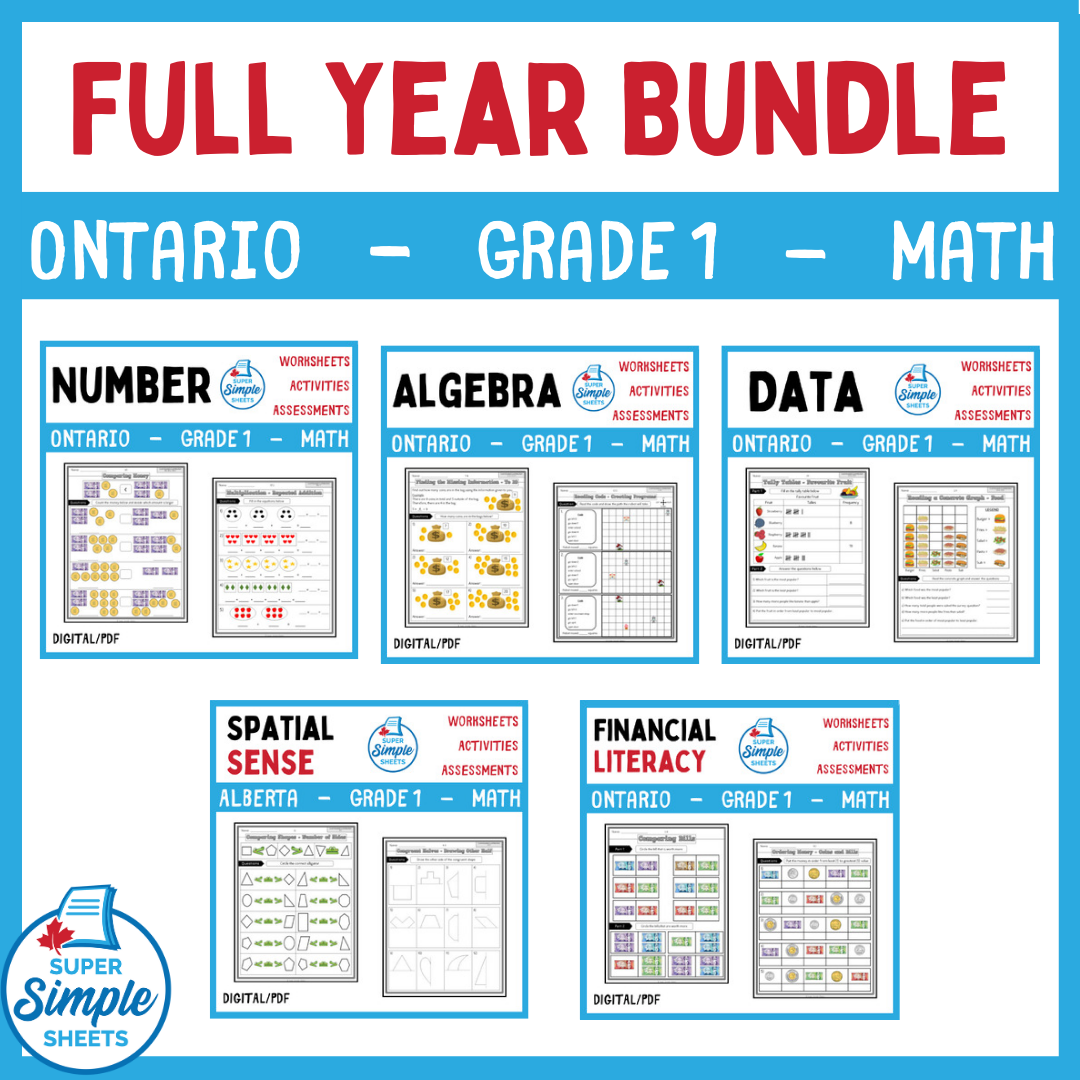
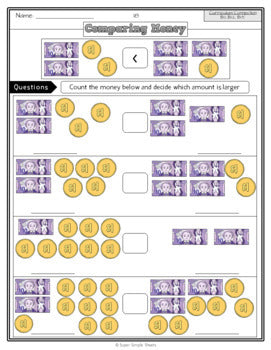
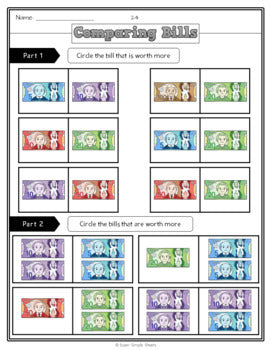
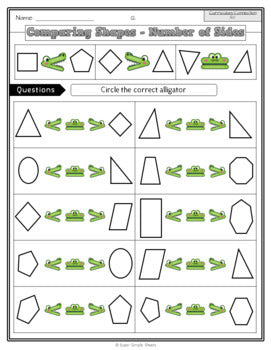
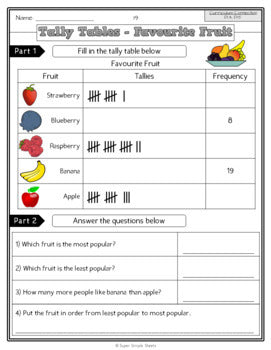
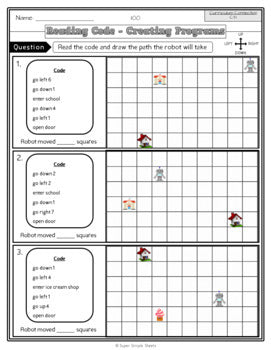
Well laid out. Easy to follow.
It is an excellent package to review a knowledge of the student
Purchased a couple of subjects for grade 1 Ontario Curriculum to prepare during summer break. I was amazed by the quality of material provided . Each subject contains ample practice sheets making it easier to review and learn new concepts ahead of the academic year . I definitely recommend super simple sheets to any parent looking forward to spending quality academic time with their children. Hats off to the team for making it easier for parents to just look up their website for all subjects rather than spending money on purchasing different books.









